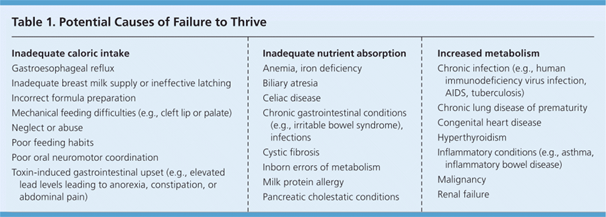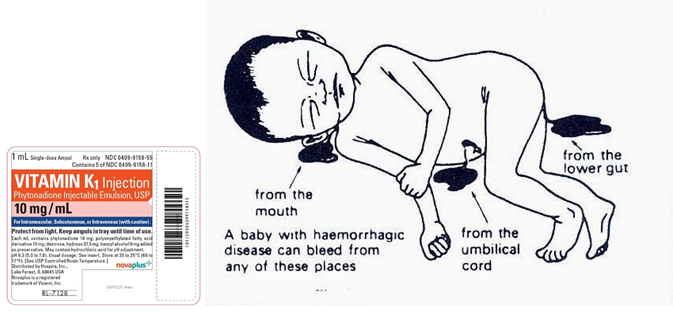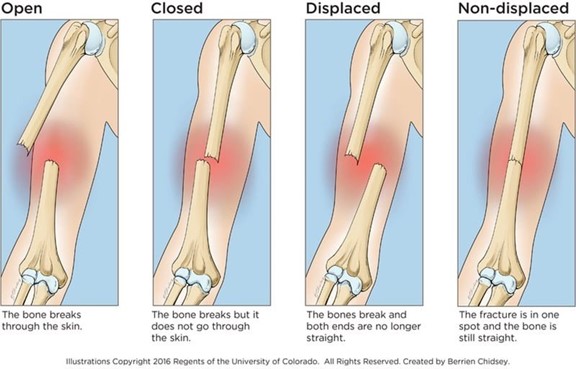The practical nurse (PN) is contributing to the plan of care for a toddler with failure to thrive due to inadequate caloric intake. Which observation should the PN monitor to best help develop interventions?
Toddler at independent play.
Daily weight surveillance.
Bowel movement pattern.
Parent-toddler interaction.
The Correct Answer is D
To best help develop interventions for a toddler with failure to thrive due to inadequate caloric intake, the practical nurse (PN) should monitor parent-toddler interaction. Observing how the parent and toddler interact during mealtimes can provide valuable information about the child's eating habits and any potential issues that may be contributing to the inadequate caloric intake. The PN can use this information to develop interventions that address any identified issues and promote healthy eating habits. The other observations listed may also be important to monitor, but observing parent-toddler interaction is the most useful in this situation.

Nursing Test Bank
Naxlex Comprehensive Predictor Exams
Related Questions
Correct Answer is C
Explanation
Phyto menadione injectable, also known as vitamin K1, is commonly given to newborns to prevent hemorrhagic disease of the newborn (HDN), a bleeding disorder that can occur due to vitamin K deficiency in the first few days of life. Vitamin K is important for the production of clotting factors in the liver, and newborns are at risk of vitamin K deficiency because it does not cross the placenta well and their intestinal flora is not yet established. The other options do not accurately describe the purpose of administering Phyto menadione injectable to newborns.

Correct Answer is B
Explanation
Repeated visits to multiple emergency departments for various injuries or complaints can be a red flag for possible child abuse. The other options may indicate other issues or concerns, but they do not provide as much reason to suspect child abuse as the history of repeated visits to different emergency departments. It is important for healthcare providers to remain vigilant for signs of child abuse and to report any suspicions to the appropriate authorities.

Whether you are a student looking to ace your exams or a practicing nurse seeking to enhance your expertise , our nursing education contents will empower you with the confidence and competence to make a difference in the lives of patients and become a respected leader in the healthcare field.
Visit Naxlex, invest in your future and unlock endless possibilities with our unparalleled nursing education contents today
Report Wrong Answer on the Current Question
Do you disagree with the answer? If yes, what is your expected answer? Explain.
Kindly be descriptive with the issue you are facing.
